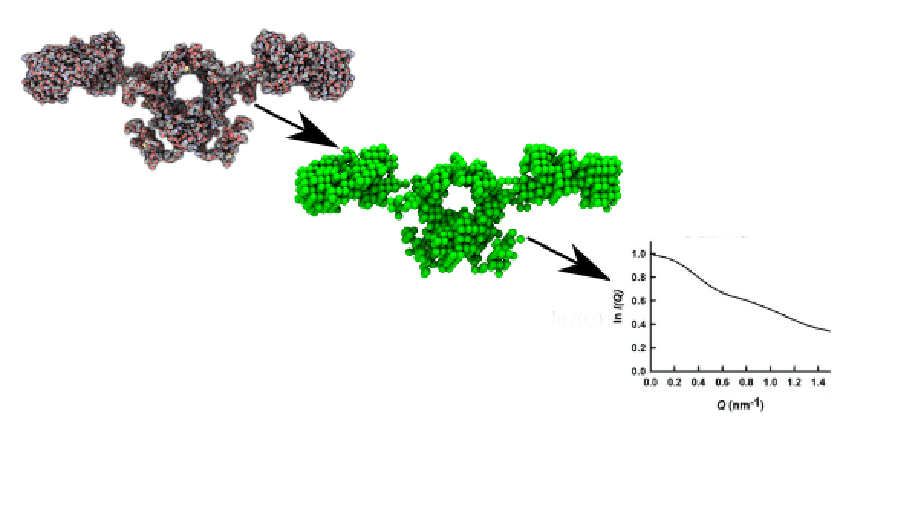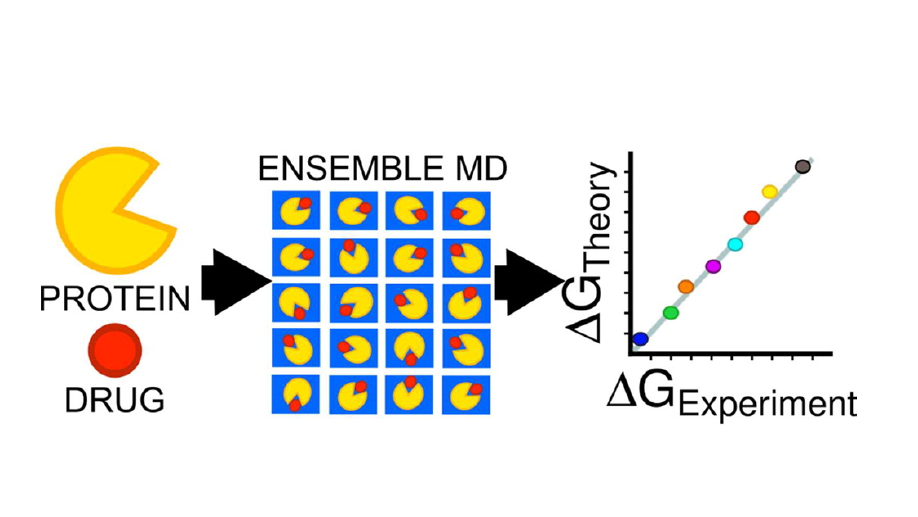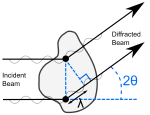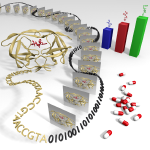
In reality, nothing but atoms and the void.
I am a molecular modeller and research software engineer. My research revolves around the use of computational techniques to understand proteins and how their composition and structure impact treatment efficacy. I have particular interest in how sequence changes produce drug resistance in HIV and cancer, and alter the solution structure of antibodies. A key part of my work is the development of tools to automate and analyse molecular dynamics simulations deployed on high performance computing and cloud resources.









